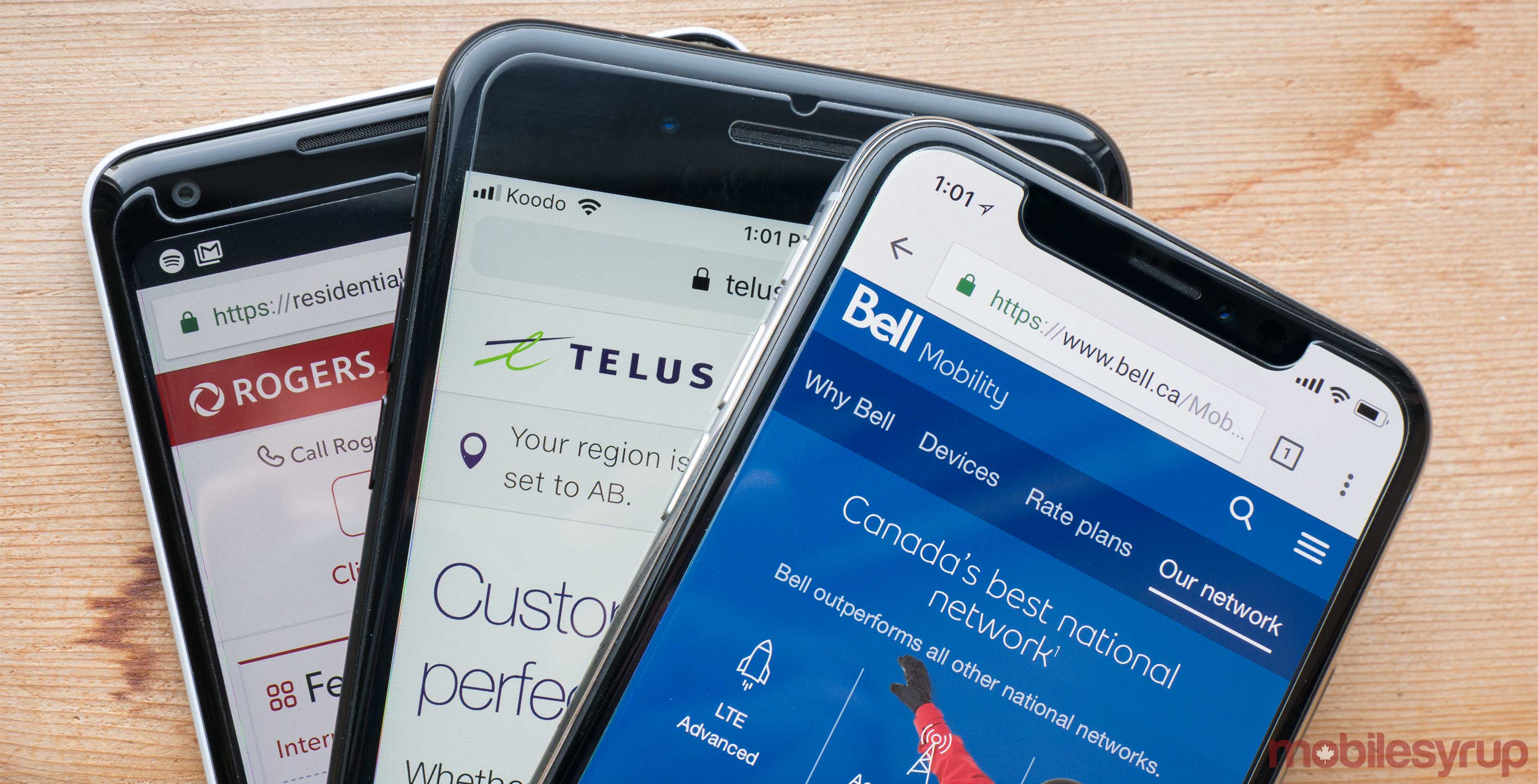
OpenSignal’s latest report on mobile experience in Canada indicates Telus as the winner in almost all categories relating to 4G availability, video experience, download speeds and latency.
“Telus has become the dominant operator in our metrics, outpacing its competitors,” OpenSignal said in its report released on August 15th.
“With the 4G era coming to a close, Bell and Rogers may well be looking to the 5G epoch to provide the ammunition to unseat Telus in our metrics.”
Regarding 4G availability, Telus scored 90.1 percent, while Bell hit 88.6 percent and Rogers scored 87.9 percent, according to the report.
“Telus has become the first operator to reach the 90 percent 4G availability mark — and just barely,” the report said. “Our 4G users were able to access a Telus connection 90.1 percent of the time.”
Concerning video experience, Telus scored 69.8 percent, narrowly beating Bell, which hit 68.6 percent. Rogers scored 64.2 percent, the report indicated.
Telus and Bell were “both three points shy of excellent ratings,” which falls between 75 and 100 percent.
In download speed experience, Telus resulted in 57Mbps, with Bell coming in at 51.9Mbps and Rogers hitting 41.7Mbps, the report said.
“Both Bell and Telus boosted their download speed scores above 50Mbps, and those gains were by no means small,” the report said.
Bell and Telus users average overall download speeds both increased 8Mbps in the last six months to reach the Mbps reported.
“These download speeds put Canadian operators among the top tier globally in this metric, but what’s more intriguing is how Canada continues to improve its 4G download speeds, considering operators are already laying the groundwork for the 5G launches,” the report said.
For upload speed experience, Telus and Rogers tied — Telus averaged 9.8Mpbs, while Rogers average 9.5Mbps. Bell came in at 8.9Mbps, the report said.
In latency experience, the report said that Telus won with 41 milliseconds.
“Latency is an increasingly important metric as it impacts the customer experience in many subtle ways,” the report said. “Lower latency connections mean less lag time when using real-time communication apps, faster reaction speeds during multiplayer gaming sessions and generally faster loading videos and webpages.”
The report indicated Bell scored at 43.3 milliseconds and Rogers hit 46.8 milliseconds.
OpenSignal said that it collected 438,085,487 total measurements from 173,628 devices. The report collected data from April 1st to June 29th of this year.
OpenSignal’s full Mobile Network Experience Report is available at this link.
Source: OpenSignal
MobileSyrup may earn a commission from purchases made via our links, which helps fund the journalism we provide free on our website. These links do not influence our editorial content. Support us here.


